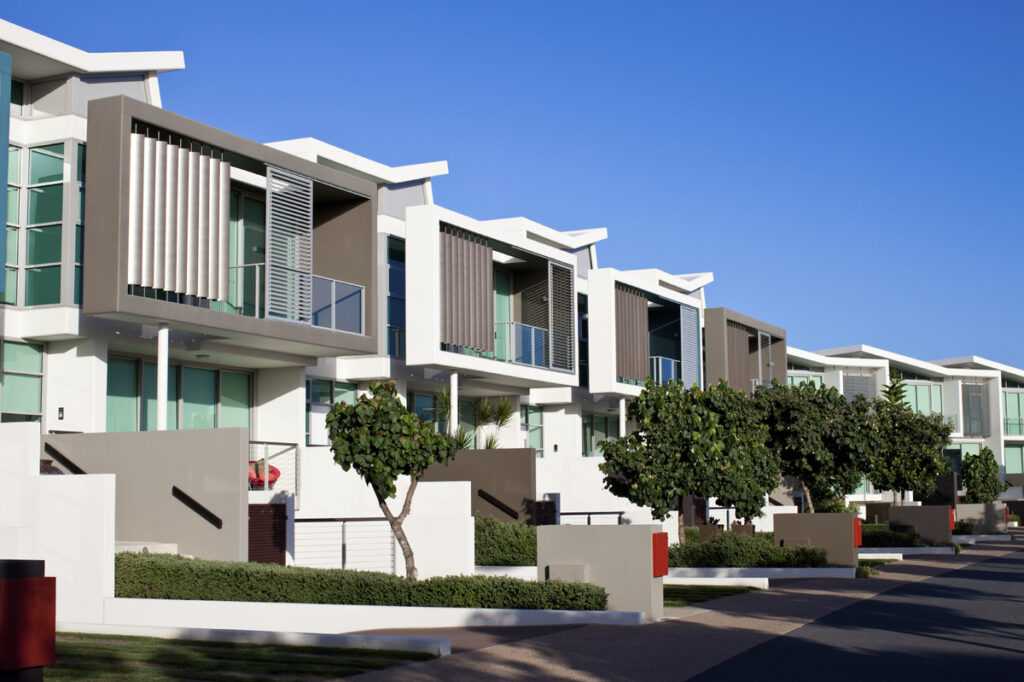The ten-year guarantee: your new home is covered for 10 years

When constructing or renovating a residential building, it is necessary to call on professionals to carry out these often complex operations. Architects and craftsmen are therefore liable to the future purchaser in the event of damage, through the application of specific guarantees The most important is the ten-year guarantee. It covers the building for a period of 10 years from the end of the work. This is one of the advantages of the purchase of new property.
Who benefits?
What damage does it cover?
...
atHome.lu takes a look at the issue.
10 years of coverage
The ten-year guarantee (or decennial liability) therefore covers any newly built or renovated property for a period of 10 years from the completion of the work. This liability is governed by public policy texts.
This means that the dwelling will be covered even if it is bought during the 10-year guarantee period. The guarantee therefore passes from the first purchaser to the successive sub-purchasers, with no change in duration.
What damage is covered?
The decennial liability of builders concerns construction defects and damage that may affect the insured work, compromising the solidity of the work or rendering it unfit for the use for which it is intended.
This also covers problems relating to the solidity of the equipment elements that form part of the structure, as well as damage affecting the structure in its equipment elements.
The client is also protected against non-compliance with certain mandatory standards.
In other words, ten-year protection covers the shell, walls, frameworks, stairs, pipes and ceilings; and by extension, it can also cover major renovation or refurbishment work, for example a facade covering, the repair of a tiled floor or the roof, as well as all work affecting the solidity of the building.
However, it does not support :
- damage resulting from apparent defects that were not detected at the time of acceptance of the work;
- damage intentionally caused by the insured;
- damage resulting from wear and tear, poor maintenance or abnormal use;
- damage resulting from a foreign cause: cataclysm, civil war, etc.
What are the property prices at the moment?
Who is subject to the ten-year guarantee?
Decennial liability involves "builders", in the broadest sense of the term.
This term refers to all persons involved in the construction or renovation of a dwelling, i.e. architects, engineers, technicians, design offices, manufacturers, etc.
The term "builders" also includes property developers, builders of individual houses, developers, but also individuals who sell a property after having built it or had it built.
The ten-year guarantee insurance contract
In addition to the ten-year guarantee, there is the ten-year guarantee insurance.
Unlike the ten-year guarantee, which implies having to prove the builder's responsibility in the event of construction defects, the ten-year guarantee insurance provides the owner or purchaser with protection that is independent of all builders, developers, architects and trades.
This means that if damage is found during the ten years following completion of the work, the owner can be compensated without having to wait for the responsibilities of the parties involved to be determined. This insurance is also valid in the event of the bankruptcy or disappearance of one of the builders.
Taking out a ten-year insurance policy obliges the builder to use a control office approved by the insurance company, whose task is to ensure that the work and materials used are properly executed.
The insurance contract must be concluded before the start of the work and its references must be indicated in the construction contract.
There is, however, an exception in the case of construction or renovation by an individual (who has built or had built his or her own home). The latter does not take out insurance because of the high cost.
This means that they do not benefit from insurance compensation and, in the event of resale of their property, this significantly increases their liability to their purchaser.
The amounts insured are limited to the sums stated in the special conditions of the contract and apply to the cost of the work required to repair the structure and to repair material damage.
The insurance generally covers immaterial damage up to a certain percentage. It also includes a deductible which is to be paid by the beneficiary.
How to report defects or faults?
If defects or faults in the construction are found, they must be notified by registered letter with acknowledgement of receipt, within the period indicated in the insurance contract.
The statement provided to the insurance company for compensation must list in detail the damage found (as well as the date of the finding) as this must be considered in order to determine whether or not it falls within the definition of a claim covered by the ten-year guarantee.
Secondly, the procedure is the same as that required for conventional insurance, i.e. the insurance company may decide to appoint an expert to ascertain the claims and estimate the reimbursement to be made.
Written by
atHome
Posted on
28 February 2013
